Fired clay has been used as an artistic and functional medium for thousands of years. Robert Fathauer brings relatively recent mathematical ideas to this ancient medium, with the goal of creating unique and thought-provoking sculptural forms. In many cases these are reminiscent of forms found in nature, while remaining abstract.
Fractal curves are complex curves that are generated by starting with a single line segment and applying a simple rule repeatedly. Such curves can be used to generate surfaces by spatially separating the different generations of the fractal and then connecting them. Several of Dr. Fathauer's ceramic sculptures are based on fractal curves, though the canonical curves are generally modified by creating curvilinear and/or closed versions.
Spatial development of fractal curves leads to surfaces that grow superlinearly, creating ripples and folding, as is sometimes observed in natural growth structures. These surfaces are related to hyperbolic geometry (in contrast to Euclidean geometry), and they often possess negative curvature. This means the surface curves away from every point in directions of opposite sign, like a saddle.
Knots are another mathematical topic that has inspired Dr. Fathauer. While mathematical knots are closed curves with no thickness, ceramic knots of necessity have weight, color, and texture. Some of the works here incorporate Seifert surfaces, which are orientable surfaces whose boundary is a given knot or link.
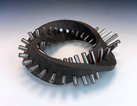



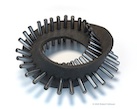

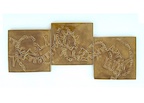







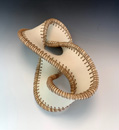

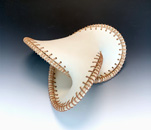

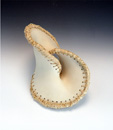

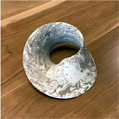

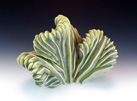

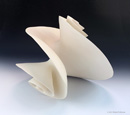



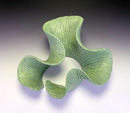

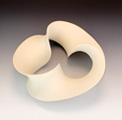



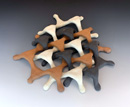

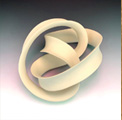

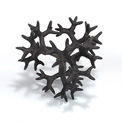

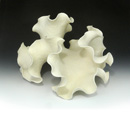

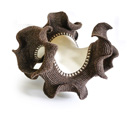

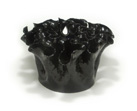

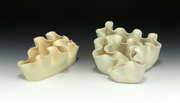

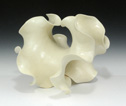

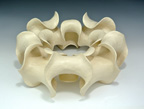





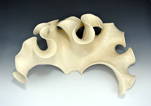

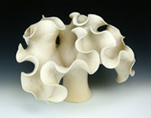

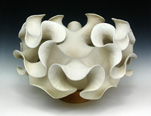



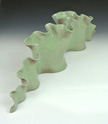

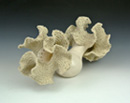

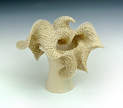





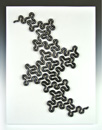

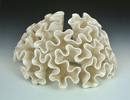

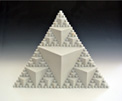

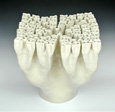

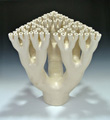

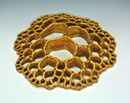

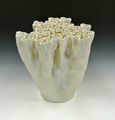

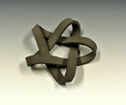

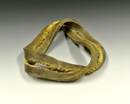

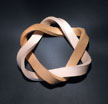

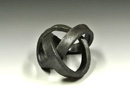
 Click on the thumbnail images to see larger versions with descriptions.
Click on the thumbnail images to see larger versions with descriptions.
